Luca Signorelli Biography
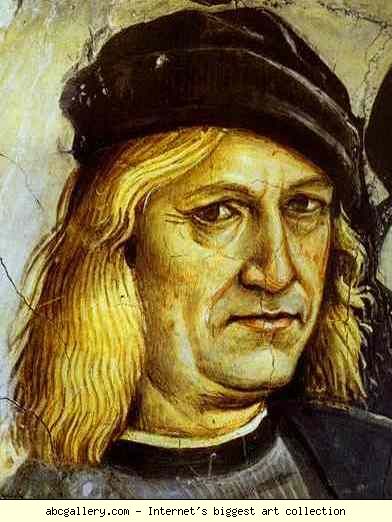
Luca Signorelli was born around 1450 in a bordering area of Umbria and Tuscany, in the town of Cortona. His career developed not only in the great capitals of art, such as Florence and Rome, but also in minor provincial centers in Umbria, Tuscany and Perugia.
He was reputedly a pupil of Piero della Francesca, then working in Arezzo, after which he worked with the Pollaiolo brothers in Florence but his own style did not mature until he went to Urbino. Here, among other works, he painted the Flagellation of Christ, now in Milan.
In 1481 he was among the artists chosen to execute the fresco cycle below the window area in the Sistine Chapel (amongst others, Botticelli, Ghirlandaio and Perugino were engaged in this work). In Rome Signorelli worked in close contact with Perugino, whose style influenced the Signorelli one, which softened noticeably. This can be seen in the frescos he painted for the sacristy of the Loreto Santuary and his St. Onofrio Altarpiece for Perugia Cathedral (1484).
After Rome Signorelli moved to Florence where he became a minor painter in Medici circles. During this period he produced the panels now in the Ufizzi including a tondo of the Madonna and Child.
Following Lorenzo's death in 1492, the painter chose to leave Florence. First he worked, 1496-98, on a fresco cycle in the abbey cloisters at Monteoliveto Maggiore. The subject of those frescos was the Life of St. Benedict. After that work he was commissioned to finish the decoration of the San Brizio Chapel in the Orvieto Cathedral. Signorelli's Orvieto frescos represent the most important forerunners to Michelangelo's Last Judgment. In those awe-inspiring frescos of the Apocalypse the artist reached the height of his development.
Luca Signorelli spent nearly the whole of his last twenty years in provinces, between Cortona and Città di Castello. The painter died in 1423 in Cortona.
San Brizio chapel was built at the beginning of the 15th century on the place of sacristy of the Orvieto Cathedral. The decoration of the chapel started in 1447 by Fra Angelico and Benozzo Gozzoli, who executed two compositions (Christ the Judge and Prophets) on the vaults. The commission was only revived at the end of the century. The painter Luca Signorelli was chosen thanks to his fame as a fast executor and because he took less money than other artists. Indeed, starting the work in April-May 1499 he finished it already in 1502, though the final payment was made only in 1504.
First Signorelli finished the decoration of the vaults; the frescos Angels with Emblems of Passions and the Apostles are believed to be fulfilled from the cardboards of Fra Angelico. Signorelli executed the compositions Martyrs and Virgins, Patriarchs and Doctors of the Church from his own sketches, though it's believed that he followed Fra Angelico's program. On April 23, 1500 the decoration of the vaults was finished, also the drawings for the wall paintings were evidently ready, because a few days later a new contract for wall frescos was signed.
The subject of the wall fresco cycle is Apocalypse and the Last Judgment. The work is entirely the product of Signorelli's powerful imagination, though, of course, he was influenced by literary sources - Gospels, Apocryphal Gospels, Golden Legend, and Dante's Divine Comedy. The cycle consists of six large compositions, each of them occupies the upper parts of the walls:
The Deeds of the Antichrist (on the left wall) opens the cycle; Antichrist is supposed to come to the world before its end. In Signorelli's fresco the action takes place in an Italian city and quite possibly it reflected recent events – revolt and execution (May 23 1498) of Savonarola, who was condemned as Antichrist by the Church.
The End of the World (over the entrance)
The Resurrection of the Dead (on the right wall)
The Hell (on the right wall, next to the Resurrection)
The Last Judgment (on the altar wall) the composition is divided into two parts by the window: the Damned Consigned to Hell (left part) and the Blessed Consigned to Paradise (right part).
The Paradise, or Coronation of the Chosen (left wall, next to Antichrist)
The lower parts of the walls are executed as decorative panels. In the center of each panel is a portrait of a poet or a philosopher – Dante, Virgil, Ovid, Horace, Lucian, Homer and Empedocles. Each portrait is surrounded by four tondos with the scenes from their works, painted in monochrome. Quite possible that the lower parts were executed by Luca's apprentices by his sketches.
Bibliography
Monumental Painting of Italian Renaissance. by I. Smirnova. Moscow. 1987.
The Art of the Italian Renaissance. Architecture. Sculpture. Painting. Drawing. Könemann. 1995.
Painting of Europe. XIII-XX centuries. Encyclopedic Dictionary. Iskusstvo. 1999.
Luca Signorelli: The Complete Paintings by Tom Henry, Laurence Kanter. Rizzoli, 2002.
How Fra Angelico and Signorelli Saw the End of the World by Creighton E. Gilbert. Pennsylvania State Univ Pr, 2002.
Luca Signorelli: The San Brizio Chapel, Orvieto (Great Fresco Cycles of the Renaissance) by Jonathan B. Riess, Luca Signorelli. George Braziller, 1995.
The Renaissance Antichrist by Jonathan B. Riess, Luca Signorelli. Princeton Univ Pr, 1995.
- The Flagellation.
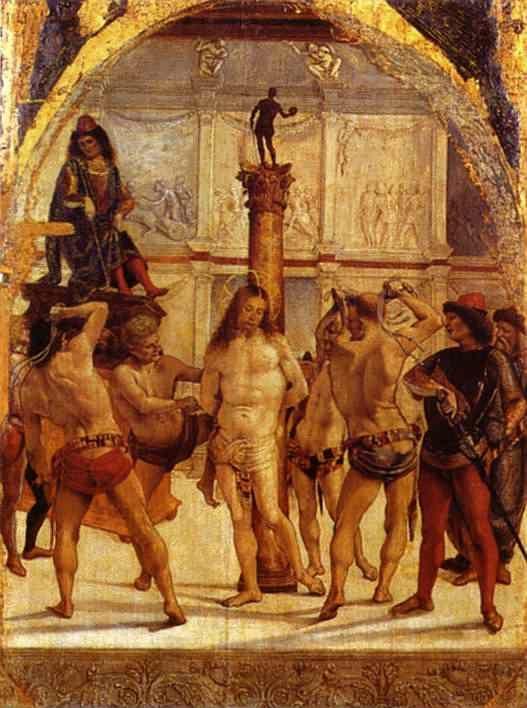
c.1475/80. Oil on wood. 80 x 60 cm. Pinacoteca di Brera, Milan, Italy. Read Note.
- The Holy Family.
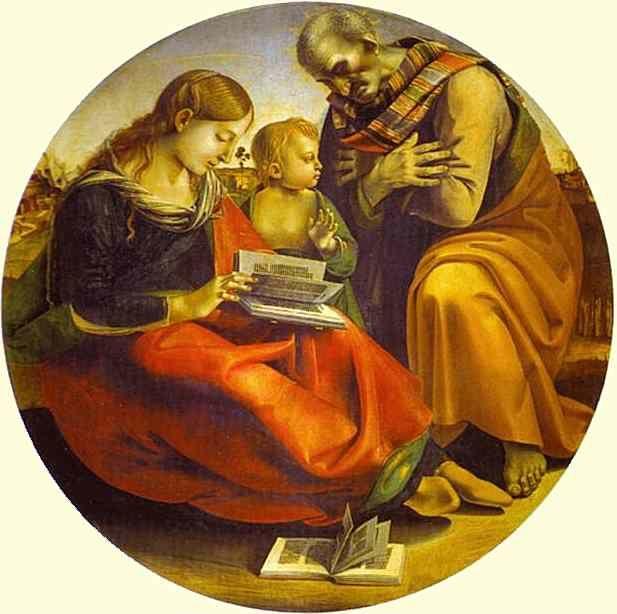
c.1490. Oil on wood. 124 cm in diameter. Galleria degli Uffizi, Florence, Italy.
- Martyrs And Saint Virgins.
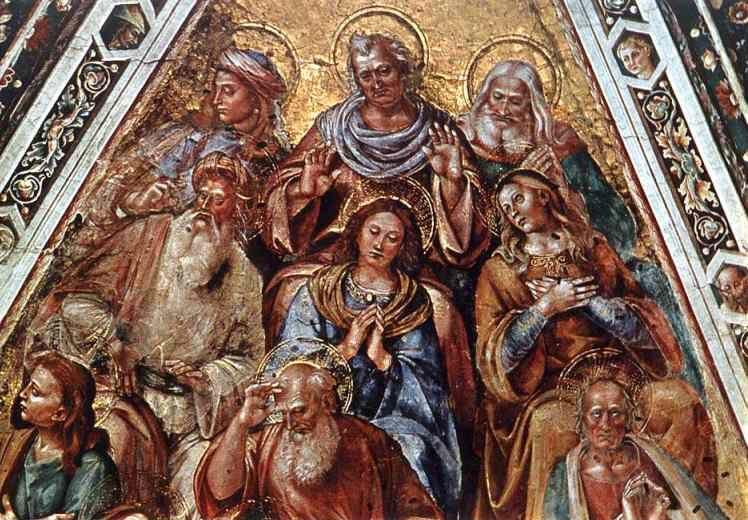
1499-1502. Fresco. Orvieto Cathedral, San Brizio Chapel, Orvieto, Italy.
- The Doctors Of The Church.
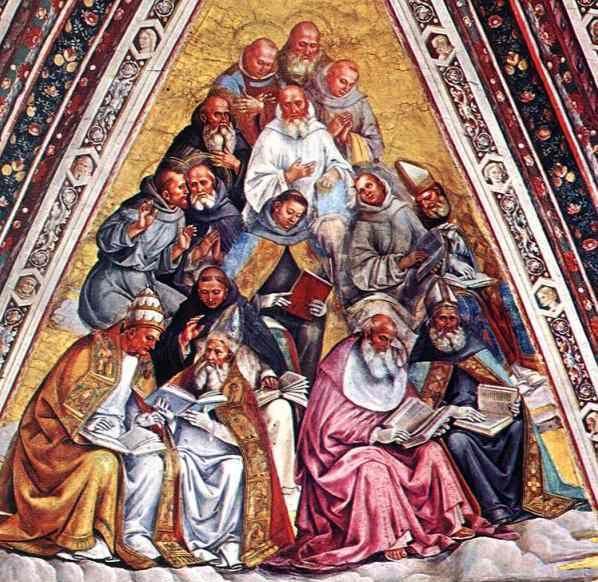
1499-1502. Fresco. Orvieto Cathedral, San Brizio Chapel, Orvieto, Italy.
- The Deeds Of The Antichrist.
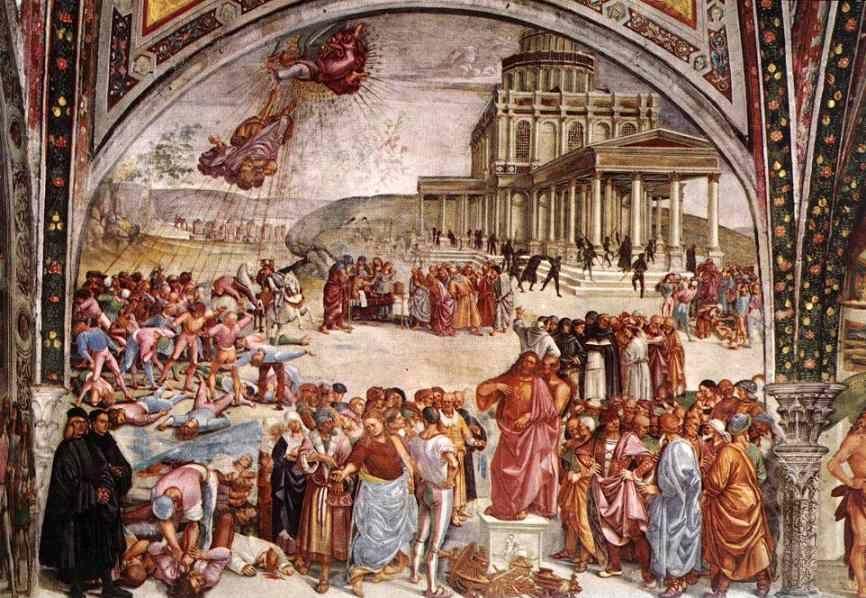
1499-1502. Fresco. Orvieto Cathedral, San Brizio Chapel, Orvieto, Italy.